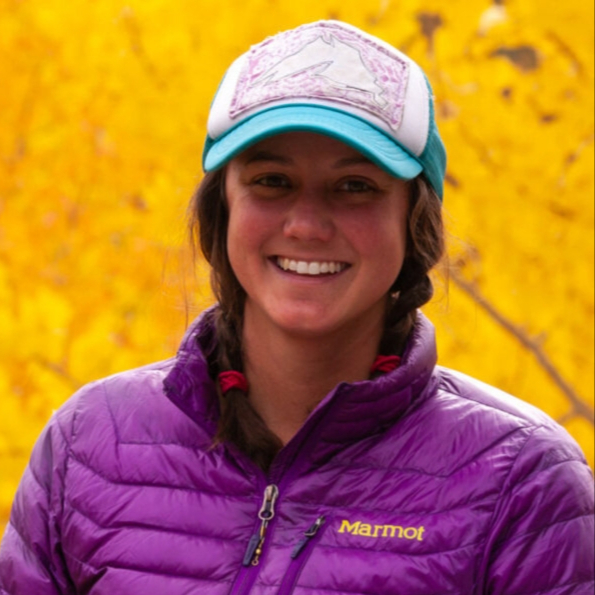Dec 22, 2024
A simple protocol for sampling environmental DNA from flowing waters at remote field sites
- Maggie A.B. Harings1,2,
- Justin Hill3,
- Kristen Reece3,
- Brandi R Kamermans Cron4,
- J. Andrés López3,
- Erik Schoen4
- 1College of Fisheries and Ocean Sciences, University of Alaska Fairbanks;
- 2Alaska Climate Adaptation Science Center;
- 3University of Alaska Fairbanks;
- 4International Arctic Research Center, University of Alaska Fairbanks

Protocol Citation: Maggie A.B. Harings, Justin Hill, Kristen Reece, Brandi R Kamermans Cron, J. Andrés López, Erik Schoen 2024. A simple protocol for sampling environmental DNA from flowing waters at remote field sites. protocols.io https://dx.doi.org/10.17504/protocols.io.q26g7mrykgwz/v1
License: This is an open access protocol distributed under the terms of the Creative Commons Attribution License, which permits unrestricted use, distribution, and reproduction in any medium, provided the original author and source are credited
Protocol status: Working
We use this protocol and it's working
Created: October 30, 2024
Last Modified: December 22, 2024
Protocol Integer ID: 111307
Keywords: eDNA, field filtration, self-desiccating filters, filter housing, bleach, storage, Smith-Root eDNA Citizen Scientist Sampler, rivers, weirs, sonar, counting towers, fish, aquatic
Funders Acknowledgements:
Alaska Climate Adaptation Science Center
Grant ID: G21AC10351
Arctic-Yukon-Kuskokwim Sustainable Salmon Initiative
Grant ID: AC-2205
National Science Foundation
Grant ID: GRF
Disclaimer
This protocol was designed for and tested in nonglacial rivers in Alaska.
Abstract
We developed this protocol in 2021 to for standardized eDNA sample collection at salmon escapement assessment sites in non-glacial, boreal rivers in the Arctic-Yukon-Kuskokwim Region of Alaska. The protocol is designed to allow researchers without any prior training in molecular techniques to collect eDNA samples and store them for up to several months at remote field camps without access to freezers or refrigeration. The protocol is also designed to minimize contamination at sites where eDNA sampling is conducted by personnel who may have also handled the target species that same day. We designed and implemented this protocol as part of a research project that tested eDNA quantification as a potential approach to estimating the abundance of salmon spawners in rivers. However, the protocol is flexible and could be applied in other projects involving eDNA sample collection from flowing waters at remote sites. We filtered duplicate samples of river water once daily and collected a weekly field blank to assess potential contamination in samples. The levels of replication and sampling frequency can be adjusted to fit the research question as well as budgetary and logistical constraints of the project
Attachments
Image Attribution
Dr. Erik Schoen, University of Alaska Fairbanks
Acknowledgements
We thank Adam Sepulveda for sharing a protocol that served as a starting point in the development of this protocol and for helpful advice on study design, sampling frequency, and collection of field blanks. We also thank Austen Thomas for providing training and technical support in the use of the Smith-Root eDNA Citizen Scientist Sampler and eDNA Self-Preserving Filter Packs. Many thanks to the dedicated field crews and project leads at the Alaska Department of Fish and Game, Kuskokwim River Inter-Tribal Fish Commission, Tanana Chiefs Conference, and U.S. Fish and Wildlife Service who collected samples using this protocol and
provided valuable feedback and suggestions for improvement over multiple field seasons. Development of this protocol was supported by the Alaska Climate Adaptation Science Center, National Science Foundation, and Arctic-Yukon-Kuskokwim Sustainable Salmon Initiative.

